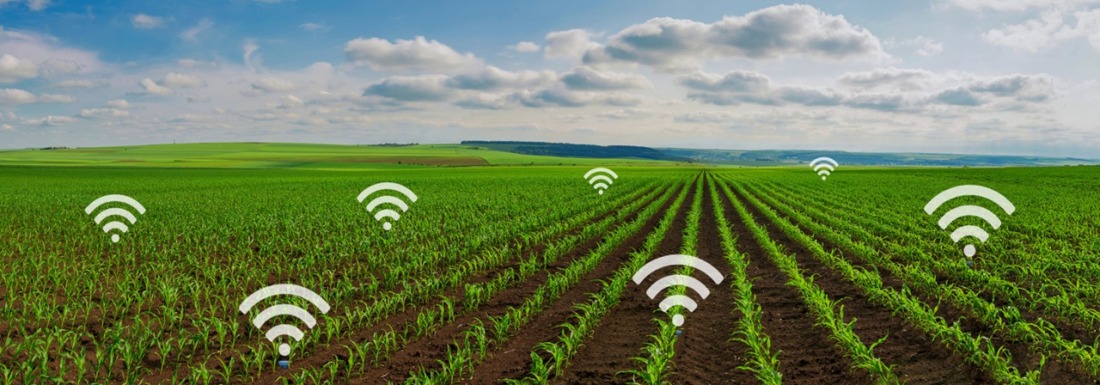The world’s connectivity needs are changing. Global mobile data traffic is expected to multiply by 5g before the end of 2024. Particularly in dense urban areas, the current 4G networks simply won’t be able to keep up.
That’s where a new 5G comes into play. With 5G networks being switched on, the first use cases are boosted mobile broadband, which will bring better experiences for smartphone users, and fixed wireless access, on condition that fibre speeds without fibre to homes.
Being capable to download a HD movie in seconds and share your wow-moments with friends , that’s just the beginning .It’s allowing industries to reinvent themselves. It affects you. And it’s starting now.
First, let’s recap how we got here.
- 1G: Mobile voice calls
- 2G: Mobile voice calls and SMS
- 3G: Mobile web browsing
- 4G: Mobile video consumption and advanced data speed
- 5G: Technology to serve customers and digitalization of production.
5G is enabling a new wave of innovation. It has the potential for changing the world, further powering the hottest trends in tech today: IoT (Internet of Things), AI (Artificial Intelligence) and AR (Augmented Reality) and many more.
With 5G technology comes ultrafast internet service that won’t just enable more stable communications between mechanical device and autonomous vehicles, but also make it possible for you to copy a complete picture in mere seconds, like some sort of super-powered internet Avenger.
But for now, the phone battery, which seems like it’s draining at the speed of light. Need evidence? Samples from CNET found that after just 4 hours of using the Moto Z3 on a 5G network, the battery was “completely zapped.” They also found the Galaxy S10 5G deck to 50 per cent battery life in about 4 hours, projecting a far shorter lifespan than its usual 18 hours.
To resolve that grim side effect, scholars at the University of Texas at Austin and the University of Lille in France have established a new radio-frequency switch they say is 50 times more energy proficient than the present solid-state switches. They issued their outcomes on May 25 in the journal Nature Electronics.
The solution is actually fixed right in the problem. Because smartphones are packed with switches that carry out duties like bouncing back and forth between various networks and spectrum frequencies (4G to LTE, to Wi-Fi, to Bluetooth, etc.), batteries drain faster.
So when the limited d number of 5G-enabled smartphones on the market is frequently bouncing back and forth between 4G and 5G communications, for instance, the problem is amplified.
Your phone will need to bear a connection to the 3G or LTE network in hauling to the 5G network so that phone calls, text messages, and data will be delivered consistently.
Because your phone is associated to several networks concurrently, the battery will drain more rapidly than one would usually expect, and the phone may get warmer than when solely on 3G or LTE.
As 5G networks “develop in capability and capacity,” Samsung says, they might be able to lump more of your phone’s utilities with less battery drain. CNET bids that new Qualcomm Snapdragon X55 chips will precise the problems.
Deji Akinwande, a professor at the University of Texas at Austin, said in a prepared statement. And the idea is simple: the switches stay off most of the time.
Unless the radio-frequency changes are dynamically helping the device jump between networks at that exact point in time, they stay off, preserving precious battery life for other processes.
While other researchers have done similar work on the lower end of the 5G spectrum—where speeds are slower but travel further—this is the first time a switch is able to function all over the radio-frequency spectrum, from low-end gigahertz frequencies all the way up to the terahertz band, which could one day usher in 6G.
To construct it, the experts used a nanomaterial called hexagonal boron nitride, a learner in the materials science field that comes from the same family as graphene, a honeycomb-lattice sheet of carbon atoms used in everything from bike tires to cleaning up radio active waves. According to study in Semiconductors and Semimetals, hexagonal boron nitride is only as thick as a single layer of atoms and is the thinnest known insulator in the world, with a thickness of 0.33 nanometres.
In this case, these researchers used a single layer of boron and nitrogen atoms in a honeycomb pattern. Then, they sandwiched the layers between a set of gold electrodes.
Funding for their work comes, in part, from the U.S. Army Research Office, which has a stake in 5G because it could improve Department of Defence efforts in artificial intelligence, lead to faster data transmission between drones or other unmanned aerial vehicles, and could even support soldier-wearable radios or communications systems that will have longer battery lives and faster upload and download speeds.







